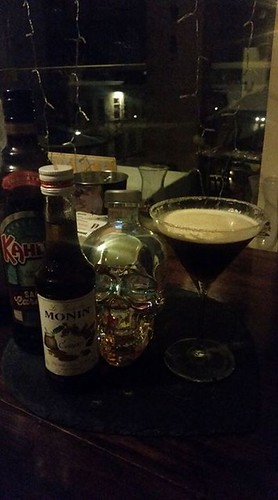A. Whole amount of cocaine infusions across the twelve acquisition classes of cocaine self-administration. B. Total variety of active lever presses on each day of extinction coaching. C. Whole amount of active lever presses on the last day of extinction when compared to the cueinduced reinstatement check. The overall quantity of inactive presses are in the inset determine and did not differ in between teams. D. Complete variety of lively and inactive nosepokes on the acquisition of a new reaction take a look at for conditioned reinforcement. All knowledge are represented as the suggest +SEM, PBS N = twelve, seven.5 8CPT N = seven, 10 eight-CPT N = twelve, and p,.01.
In experiment five, we identified if the apparent influence of Epac activation to inhibit drug memory reconsolidation could alternatively be happening through an improvement in Pavlovian extinction and reduction in renewal. In this experiment, rats ended up given the Epac activator eight-CPT quickly following every of two Pavlovian extinction classes in a novel context that was equivalent to the reactivation context employed in the experiments described earlier mentioned. Figure 5A illustrates the experimental timeline. Prior to manipulation, there have been no statistical variances among teams on the amount of infusions of cocaine obtained (Fig. 5B), active or inactive lever presses, or in lively (Fig. 5C) or inactive lever presses for the duration of lever extinction education (all p’s..05). Following Pavlovian extinction manipulations, rats were examined for cue-induced reinstatement (renewal) in the first drug self-administration context exactly where, as predicted, there was a substantial result of working day [F(1,9) = 24.84, p,.001], indicating a considerable reinstatement influence, but there was no result of 147859-80-1 manufacturer therapy team or conversation (p’s ..05), indicating that Epac activation following Pavlovian extinction instruction did not affect renewal of cocaine looking for (Fig. 5D). We expected animals to show renewal because extinction occurred in a various context, regular with the methodology of the reconsolidation experiments, but due to the fact extinction is contextspecific we predicted to see substantial amounts of responding for the duration  of the cue induced reinstatement take a look at when the animals12533672 returned to the original training context. On the following day, rats have been analyzed for their capacity to retrieve the Pavlovian extinction memory in the extinction-coaching context, where we expected responding to be reduced, using the acquisition of a new response check for conditioned reinforcement. Examination of these knowledge indicated a substantial effect of nose poke aperture (lively vs. inactive) indicating that the animals did react a lot more for the conditioned cue than an inactive nosepoke [F(one,10) = six.86, p = .026], though there was considerably less responding in comparison to the reactivation control groups (see Fig. 3D). However, there was no impact of therapy team or interaction (p’s ..05), indicating that Epac activation postPavlovian extinction instruction did not impair or boost the consolidation or expression of extinction understanding (Fig. 5E). For all experiments, we done histological analysis of the place of the guidelines of all microinfusion cannulae and taken out any animals that experienced placements outside the borders of the BLA from analysis. Determine six illustrates the place of the cannulae placements.
of the cue induced reinstatement take a look at when the animals12533672 returned to the original training context. On the following day, rats have been analyzed for their capacity to retrieve the Pavlovian extinction memory in the extinction-coaching context, where we expected responding to be reduced, using the acquisition of a new response check for conditioned reinforcement. Examination of these knowledge indicated a substantial effect of nose poke aperture (lively vs. inactive) indicating that the animals did react a lot more for the conditioned cue than an inactive nosepoke [F(one,10) = six.86, p = .026], though there was considerably less responding in comparison to the reactivation control groups (see Fig. 3D). However, there was no impact of therapy team or interaction (p’s ..05), indicating that Epac activation postPavlovian extinction instruction did not impair or boost the consolidation or expression of extinction understanding (Fig. 5E). For all experiments, we done histological analysis of the place of the guidelines of all microinfusion cannulae and taken out any animals that experienced placements outside the borders of the BLA from analysis. Determine six illustrates the place of the cannulae placements.
